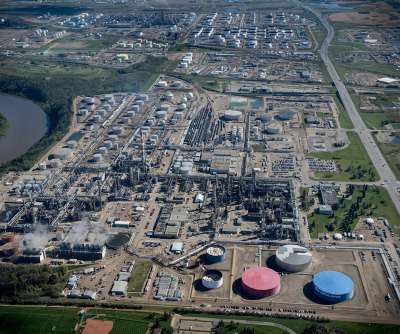Shell to proceed with Quest carbon capture and storage (CCS) project in the oil sands
Green Car Congress
SEPTEMBER 5, 2012
Shell will proceed with the first carbon capture and storage (CCS) project for an oil sands operation in Canada. billion Quest project will be built on behalf of the Athabasca Oil Sands Project joint venture owners (Shell, Chevron and Marathon Oil) and with support from the Governments of Canada and Alberta.





































Let's personalize your content